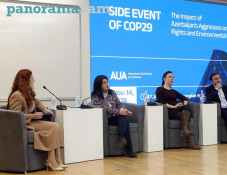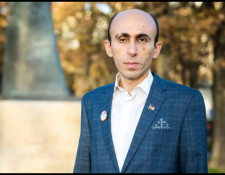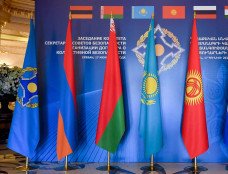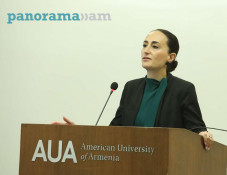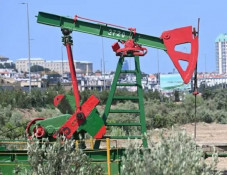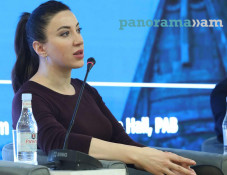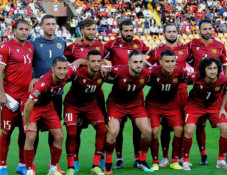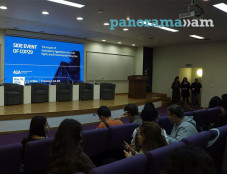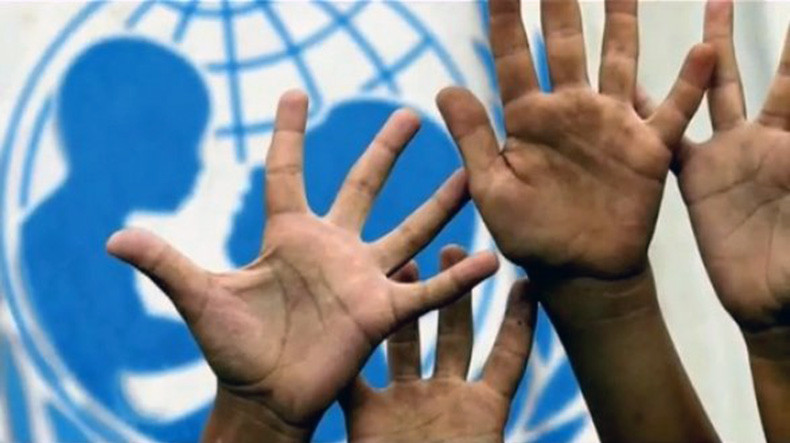
Nearly half of all refugees are children, says Unicef
Children now make up more than half of the world’s refugees, according to a Unicef report, despite the fact they account for less than a third of the global population, the Guardian writes.
According to the source, just two countries – Syria and Afghanistan – comprise half of all child refugees under protection by the United Nations High Commissioner for Refugees (UNHCR), while roughly three-quarters of the world’s child refugees come from just 10 countries.
New and on-going global conflicts over the last five years have forced the number of child refugees to jump by 75% to 8 million, the report warns, putting these children at high risk of human smuggling, trafficking and other forms of abuse.
The report, which pulls together the latest global data regarding migration and analyses the effect it has on children – shows that globally some 50 million children have either migrated to another country or been forcibly displaced internally; of these, 28 million have been forced to flee by conflict.
Today children comprise one-eighth of all international migrants in the world (31 million children out of 244 million total migrants), according to 2015 data. The vast majority of child migrants – some 3.7 million children – live in the US, followed by Saudi Arabia and Jordan, while in Europe, the UK hosts the largest number of migrants under the age of 18 (close to 750,000).
The vast majority of the world’s child migrants live in Asia or Africa, the report says. Asia is the birthplace of nearly half (43%) of all the migrants in the world, with nearly 60% of these migrants moving within the region.
Globally, Turkey has the largest share of refugees – including adults – under protection by the UNHCR, and is believed to host the most child refugees as well.
The report calls on the international community to fulfil the Convention on the Rights of the Child, the most widely ratified human rights treaty in history, which obliges ratifying countries to respect and protect the rights of all children within their territories, regardless of a child’s background or migration status.
Newsfeed
Videos





